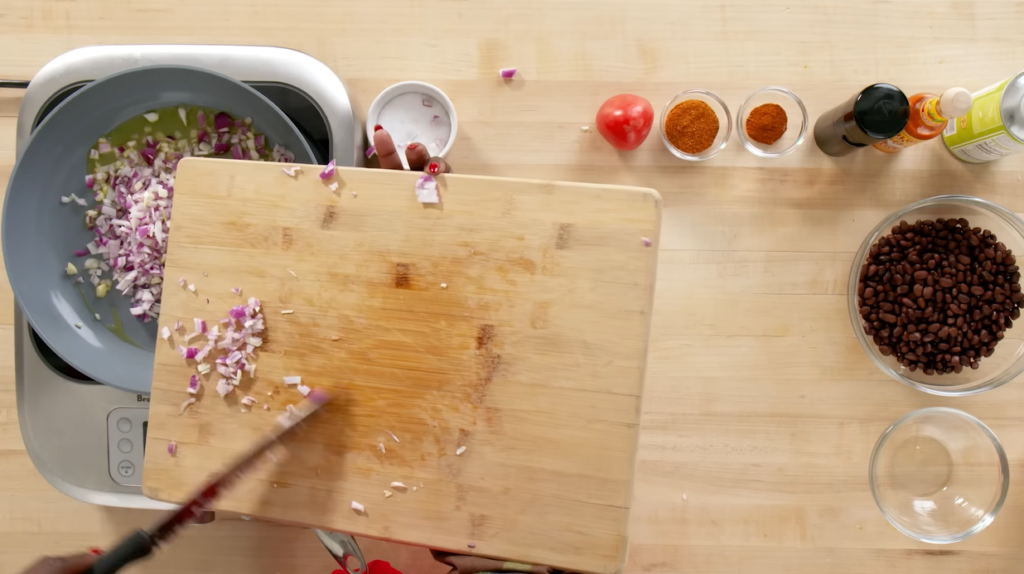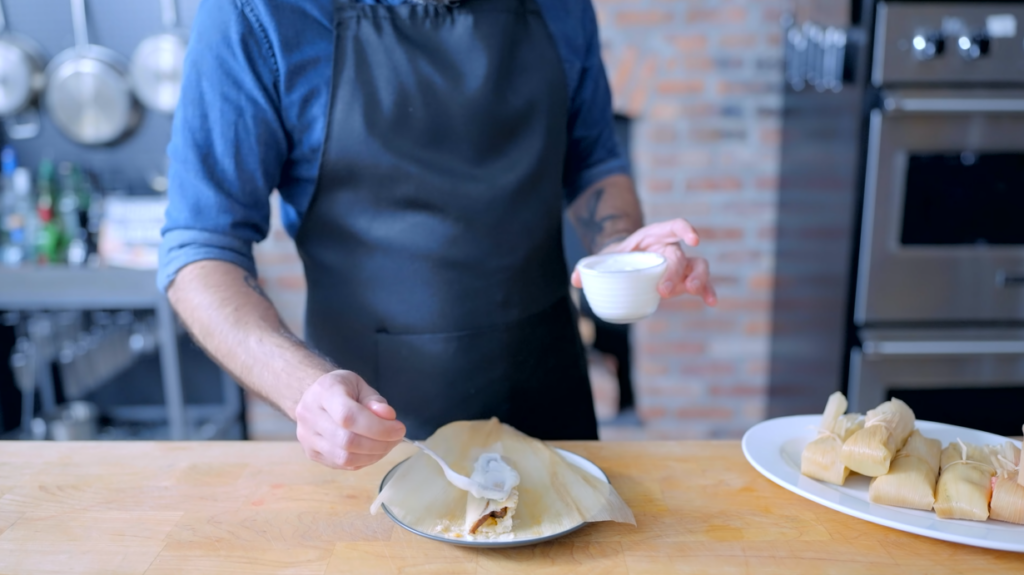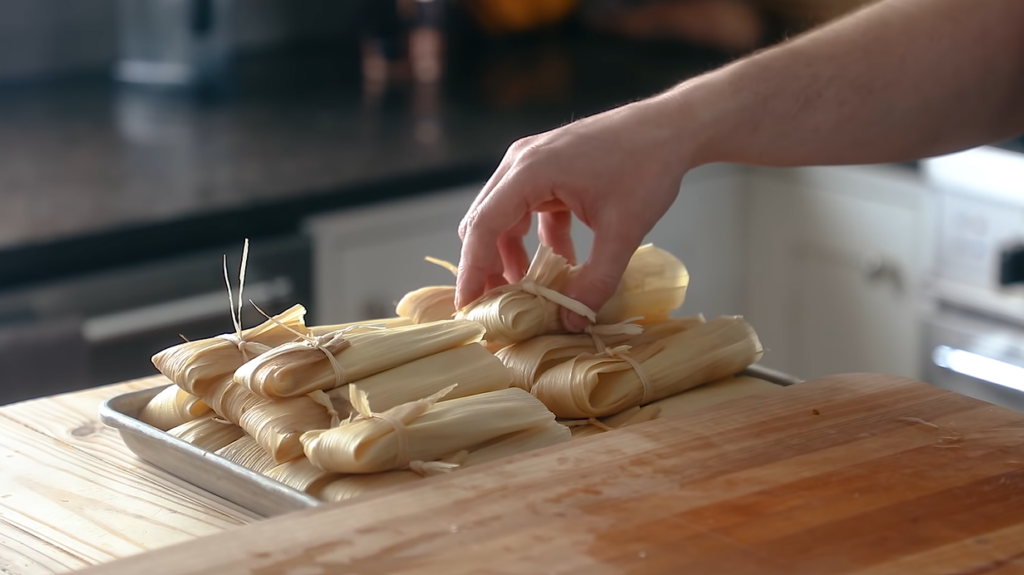Discover the delicious world of tamales while unraveling the secret behind their irresistible flavor. Ever wondered how much it truly costs to create these mouthwatering bundles of joy?
Join us on a flavorful journey as we delve into the ingredients, effort, and love poured into making tamales, revealing the true cost behind this beloved culinary treasure.
How Much Does It Cost to Make Tamales?
Crafting tamales is a labor-intensive process that demands dedication and meticulous attention to detail. Each tamale carries a production cost ranging from $2.25 to $2.75, reflecting the quality of ingredients and time invested in its creation.
Moreover, the expense of packaging amounts to merely a dollar per dozen, ensuring these delectable treasures are not only scrumptious but also conveniently presented.
From the painstaking preparation to the economical packaging, every aspect contributes to the enchanting world of tamales, making them a true labor of love.
Factors That Affect the Cost of Making Tamales

The cost to make tamales can vary based on several factors that influence the overall expenses involved in their production. Understanding these factors is crucial in determining the pricing and profitability of this beloved culinary delight.
Ingredients
The choice and quality of ingredients significantly impact the cost of making tamales. Essential components such as masa (corn dough), meat or filling, spices, and various toppings contribute to the overall expense.
Opting for premium or organic ingredients can increase costs, while sourcing in bulk or locally may offer more cost-effective options.
Filling Variations
Tamales come in a wide array of flavors and fillings, ranging from traditional options like pork, chicken, or cheese to more gourmet choices such as seafood or exotic meats. The type and complexity of the filling can influence the overall cost, as certain ingredients may be more expensive or harder to source than others.
Labor Intensity
The process of making tamales involves labor-intensive steps, including preparing the masa, assembling the tamales, and cooking them. Labor costs, such as wages for skilled cooks or assembly line workers, impact the overall production expenses.

The more time-consuming and intricate the preparation, the higher the labor costs involved.
Equipment and Utensils
The equipment and utensils required for tamale production can add to the overall cost. Specialized tools like tamale steamers, large pots for boiling, and masa spreaders may be necessary for efficient production.
Investing in durable equipment or renting or leasing options can affect the initial investment and ongoing expenses.
Packaging and Presentation
Packaging tamales attractively and hygienically is essential for both commercial and homemade production. Factors such as the type of packaging material, labels, and design contribute to the overall cost.

Additionally, investing in professional packaging equipment or outsourcing this process can impact expenses.
Scale of Production
The volume of tamales produced influences the cost per unit. Larger-scale production often benefits from economies of scale, enabling lower costs per tamale. Conversely, small-scale or artisanal production may have higher costs due to limited production capacity and higher per-unit expenses.
Overhead Costs
Various overhead expenses, such as rent, utilities, permits, and licenses, should be factored into the cost of making tamales. Commercial ventures must consider these fixed costs when calculating the overall expenses, which can affect the pricing of the final product.
Market Dynamics
The local market and consumer demand play a significant role in determining the pricing of tamales. Competition, customer preferences, and regional pricing trends can impact the cost to make tamales, as businesses adjust their pricing strategies accordingly.
By considering these factors, tamale producers can evaluate and analyze the costs involved in their operations, helping them make informed decisions regarding pricing, profitability, and overall sustainability.

Whether it’s a commercial venture or a homemade delicacy, understanding these factors ensures a realistic assessment of the cost to make tamales while maintaining the deliciousness that makes them a beloved culinary treasure.
What Are Tamales?
Tamales are a traditional Mesoamerican dish enjoyed in various Latin American and Caribbean countries [1], as well as parts of the United States.
They consist of masa, a dough made from corn that is typically filled with a variety of ingredients such as meat, cheese, beans, vegetables, or even sweet fillings like fruits or chocolate.
The masa and filling are wrapped in a corn husk or banana leaf, creating a bundle that is then steamed or boiled until cooked. Tamales can be savory or sweet, and their flavors and fillings vary greatly depending on regional and cultural preferences.
They are often served as a main course or as a popular snack during festivals, holidays, and special occasions. The process of making tamales is often a labor-intensive and communal affair, with families and communities coming together to prepare large batches to be enjoyed and shared.

Tamales are known for their unique and comforting taste, combining the earthy flavors of corn masa with rich and flavorful fillings. They hold significant cultural and culinary importance, representing tradition, heritage, and the joy of shared meals.
Conclusion
Unveiling the secrets behind the delectable tamales, we’ve explored the factors that influence their cost. From the quality ingredients to the labor-intensive process and packaging expenses, the true cost of creating these culinary treasures is revealed.
The love and effort poured into making tamales make them a cherished delicacy worth every penny.

